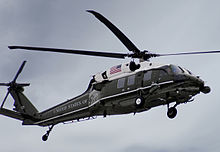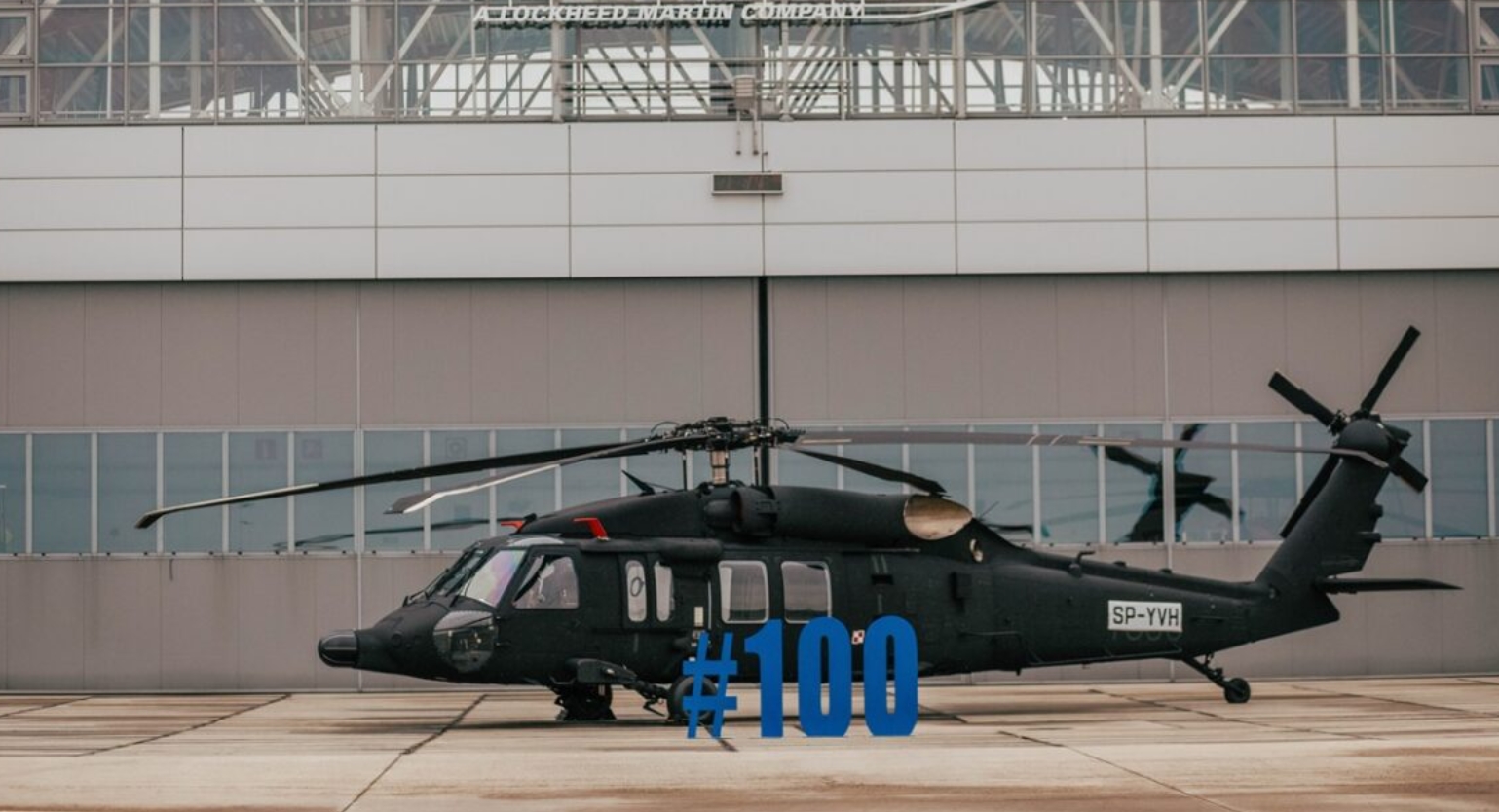Discovering the Abilities of the Sikorsky S 70: An Extensive Evaluation
Discovering the Abilities of the Sikorsky S 70: An Extensive Evaluation
Blog Article
Rotary-Wing Airplane Offering Superior Sturdiness and Precision Engineering
In the realm of aeronautics, rotary-wing airplane have actually long been identified for their distinct abilities in different operational settings. As we check out the intricate balance in between development and integrity in rotary-wing airplane, it becomes obvious that the merging of sophisticated modern technology and tried and tested style principles has established a brand-new criterion for performance and effectiveness in the aerospace market.
Development of Rotary-Wing Modern Technology
Throughout the history of air travel, the development of rotary-wing technology has been a testimony to consistent development and advancement in aeronautical engineering. From the early days of vertical trip with rudimentary layouts to the innovative helicopters and other rotary-wing aircraft these days, the development in this field has actually been remarkable.
In the very early 1900s, pioneers like Igor Sikorsky and Juan de la Cierva made significant strides in rotary-wing modern technology. Sikorsky's VS-300 helicopter, first flown in 1939, marked a turning point in the growth of functional rotary-wing aircraft. This success led the way for more developments in upright trip capacities.

Today, rotary-wing aircraft play critical roles in numerous industries, including armed forces operations, emergency situation clinical solutions, police, and commercial transport. The advancement of rotary-wing innovation continues to press the borders of what is possible in vertical trip, making certain that these airplane remain indispensable properties in the air travel sector.
Materials and Building Innovations
Demonstrating a blend of cutting-edge materials and specific building strategies, rotary-wing airplane have actually undergone substantial innovations in toughness and efficiency. One of the crucial advancements in materials made use of for rotary-wing airplane is the increasing use of composite materials. These materials, such as carbon fiber enhanced polymers, offer a high strength-to-weight ratio, boosting both the structural stability and overall performance of the airplane. Furthermore, innovations in making processes have enabled more specific and detailed building and construction of rotary-wing elements, contributing to enhanced aerodynamics and performance.
Furthermore, the integration of sophisticated coverings and surface therapies has actually played a vital function in enhancing the toughness of rotary-wing aircraft. These layers offer protection against corrosion, abrasion, and extreme weather, extending the life-span of the aircraft and minimizing upkeep needs.
In terms of construction innovations, additive production, likewise referred to as 3D printing, has changed the production of facility components for rotary-wing airplane. This technology enables rapid prototyping and personalization, leading to quicker development cycles and decreased costs. In general, the constant evolution of materials and construction techniques is driving the capabilities and efficiency of rotary-wing airplane to brand-new elevations.
Precision Flight Control Systems

The assimilation of GPS technology further enhances the precision and reliability of these systems, enabling exact navigating, waypoint tracking, and automated flight control. sikorsky s 70. This level of accuracy not just improves the safety and security of rotary-wing procedures however additionally enhances total functional performance and goal performance
In addition, the continual advancements in synthetic knowledge and maker knowing have promoted the advancement of independent flight capacities within Accuracy Trip Control Equipment. This makes it possible for rotary-wing aircraft to perform complicated goals with exceptional precision and uniformity, making them essential properties in a vast range of applications, consisting of armed forces operations, search and rescue missions, and airborne digital photography.
Longevity in Testing Atmospheres
In demanding functional settings, rotary-wing aircraft show remarkable durability and effectiveness, ensuring optimum performance under tough ecological conditions. These aircraft are designed to hold up against a variety of ecological aspects, including extreme temperature levels, high winds, and rough surface, making them well-suited for various goals in varied landscapes.
One crucial element adding to the longevity of rotary-wing airplane is their rugged this post building. These airplanes are constructed making use of top notch products and advanced engineering techniques to boost their architectural honesty and dependability. Furthermore, components such as rotor blades, engine systems, and touchdown gear are meticulously created to stand up to the pressures and anxieties experienced throughout operations in difficult settings.
Furthermore, rotary-wing aircraft are outfitted with innovative onboard systems that monitor performance metrics in real-time, enabling for aggressive maintenance and very early detection of possible problems - sikorsky s 70. This aggressive strategy assists prevent unanticipated failures and ensures the ongoing airworthiness of the airplane popular functional setups. On the whole, the toughness of rotary-wing airplane in tough settings is a testimony to their premium design and design, making them important properties for different mission-critical procedures
Maintenance and Integrity Requirements
The adherence to strict upkeep and reliability standards is vital in ensuring the ideal performance and security of rotary-wing airplane. Regular maintenance checks, carried out by certified specialists, are vital to recognize and address any kind of potential concerns before they compromise the aircraft's functionality. These checks incorporate an extensive exam of all important components, consisting of the engine, blades system, avionics, and hydraulic systems, to assure that they are in prime functioning condition.
Additionally, adherence to set up upkeep periods in accordance with maker guidelines is essential for upholding the airplane's dependability. This proactive approach aids prevent unanticipated break downs and makes certain that the aircraft remains airworthy for its desired objectives. Furthermore, the application of durable reliability standards, such as regular element screening and replacement based upon established lifecycles, better boosts the aircraft's stability.
Final Thought

Finally, the developments in rotary-wing aircraft technology have actually brought about superior resilience and accuracy design. With ingenious materials and construction methods, along with accuracy flight control systems, these aircraft can run in difficult atmospheres with boosted dependability. The upkeep and reliability criteria make sure that these rotary-wing aircraft remain to perform at their ideal, making them vital properties for numerous markets.
Showing a continue reading this blend of innovative products and accurate building methods, rotary-wing airplane have gone through considerable advancements in toughness and efficiency. One of the key developments in products used for rotary-wing aircraft is the increasing utilization of composite products.With meticulous attention to detail and progressed technical assimilation, rotary-wing airplane have accepted Precision Trip Control Solution as a cornerstone of their functional quality. Generally, the resilience of rotary-wing aircraft in challenging environments is a testimony to their premium design and design, making them crucial assets for different mission-critical procedures.
In conclusion, the improvements in rotary-wing aircraft technology have led to remarkable toughness and accuracy engineering.
Report this page